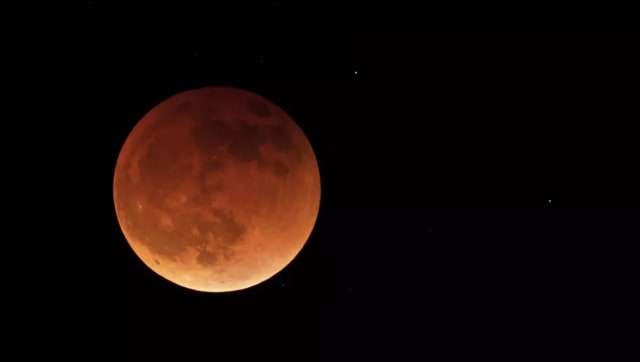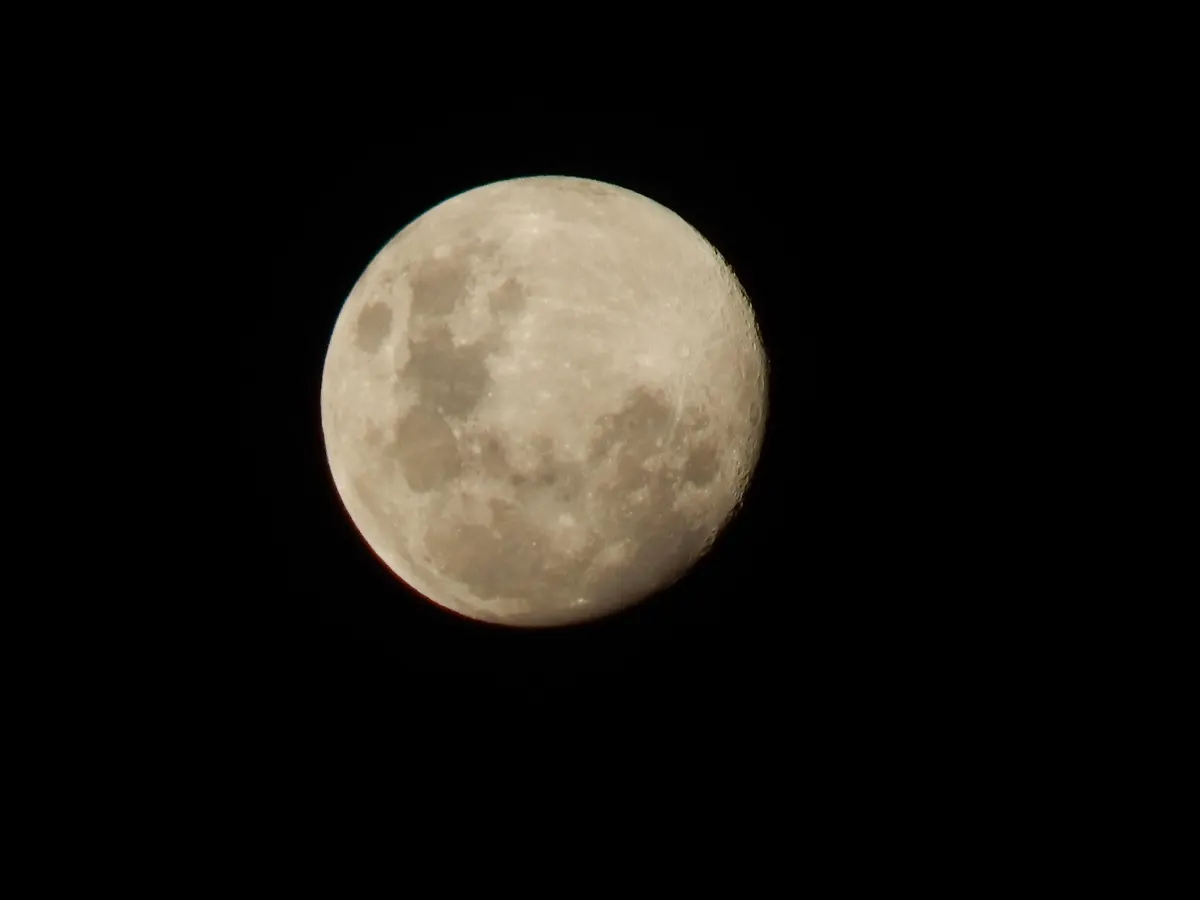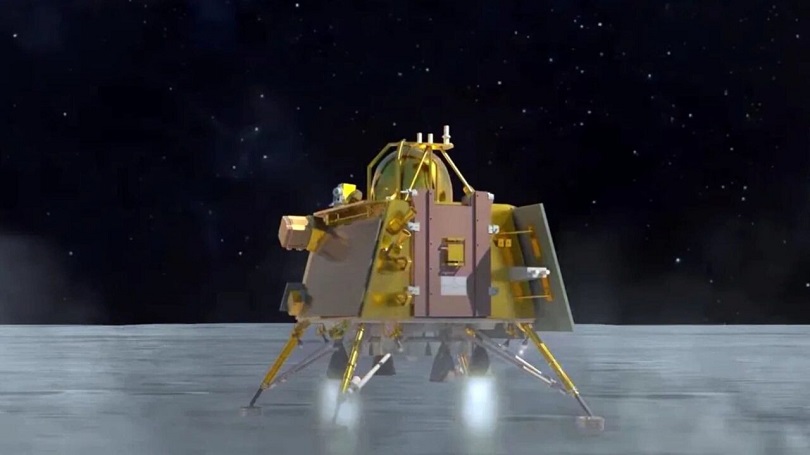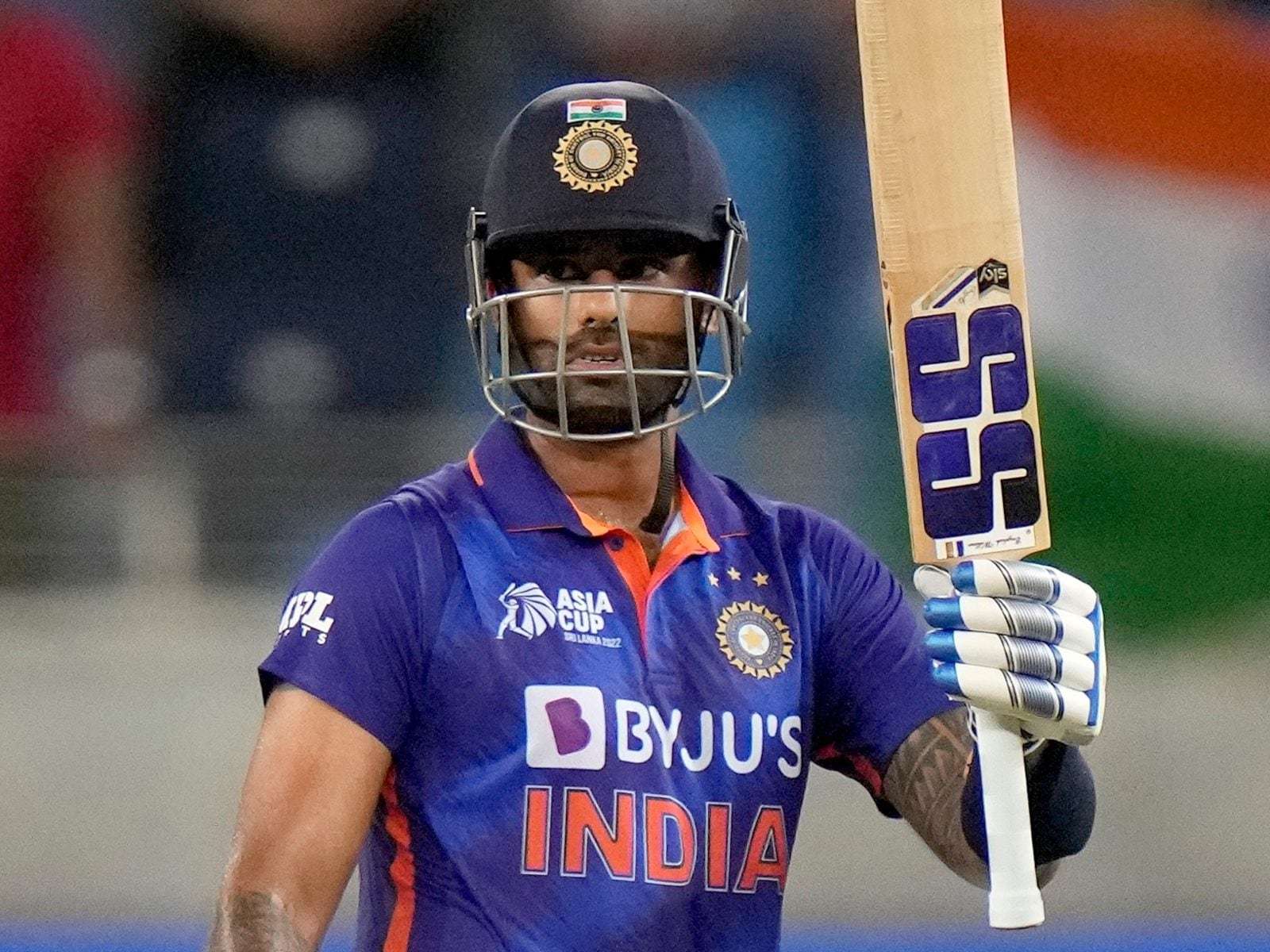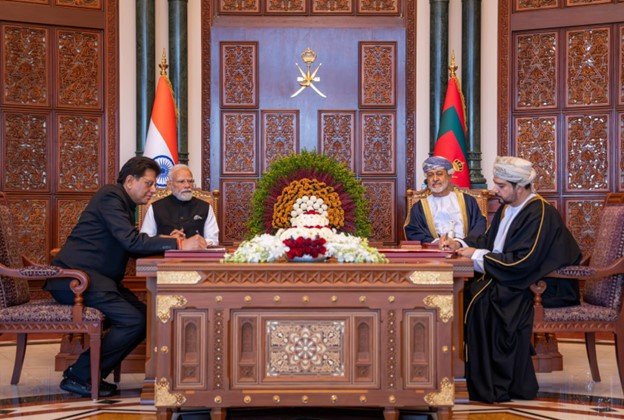In India, the partial phase of the eclipse will begin at 2.39 pm while the total phase will start at 3.46 pm. The celestial event will end at 6.19 am.
New Delhi: Get ready to witness the last total lunar eclipse of this year. on Tuesday,a report in The Tribune, Chandigarh, says.
Almost a year after the last total lunar eclipse, the sight of the moon sliding into the shadows of the Earth returns to grace the sky.
In India, the partial phase of the eclipse will begin at 2.39 pm while the total phase will start at 3.46 pm. The celestial event will end at 6.19 am.
Where in India will the lunar eclipse’s total phase be visible
The total phase of the eclipse will be visible in and around Agartala, Aizawl, Bhagalpur, Bhubaneswar, Cooch Behar, Cuttack, Darjeeling, Dibrugarh, Gangtok, Guwahati, Gaya, Hazaribagh, Imphal, Itanagar, Kohima, Kolkata, Midnapore, Murshidabad, Muzaffarpur, Patna, Port Blair, Puri, Ranchi, Shillong, Sibsagar, Silchar, Siliguri, Tamenglong & Varanasi.
Viewers in North America, Central America, most of South America, the Pacific Ocean, Australia, New Zealand, and Asia will see the Moon darken and acquire a reddish hue in the wee hours of November 8.
In Hawai’i, the totally eclipsed Moon will be directly overhead. Viewers in the central parts of the continent will see all of totality and most of the final partial phases, while those on the East Coast can watch the Sun rise as totality ends.
South America will witness the initial phases of the eclipse up to totality, while Central America can enjoy the show a bit longer and see it through the total phase. The eclipse is an early evening event in central and eastern Asia, Australia, and New Zealand, and the Moon rises either during the earlier partial phases or during totality
When and how to watch blood moon
The Moon traverses the northern half of Earth’s shadow, with totality predicted to last 86 minutes. Mid-eclipse happens on November 8th at 10:59 Universal Time (UT), around six days before apogee, when the Moon is farthest from Earth in its orbit. As a result, during the eclipse, the Moon will appear 7 per cent smaller than it does when.
There are several delightful extras viewers can look out for while watching the eclipse. During totality, Earth’s shadow dims the Moon sufficiently for stars to be visible right up to its edge.
In addition, Uranus reaches opposition just a day after the eclipse, when it’s directly opposite the Earth from the Sun and at its closest and brightest. And on eclipse night the distant planet will be upper left of the red-hued Moon — binoculars will reveal the planet’s pale disk. The farther west you are, the smaller the gap between planet and Moon. Also, the Northern and Southern Taurid meteor showers peak around this time, so eclipse-watchers might be treated to a few meteors streaking across the night sky.
.
Mechanics of a Lunar Eclipse
“A lunar eclipse happens when the Sun, Earth, and a full Moon form a near-perfect alignment in a straight line.
The Moon slides into Earth’s shadow, gradually darkening, until the entire lunar disk turns from silvery grey to an eerie dim orange or red. Then events follow in reverse order, until the Moon returns to full brilliance.
The whole process for the November 8th eclipse will take nearly six hours. You only need your eyes to see the drama unfold, but binoculars or a backyard telescope will give a much-enhanced view.
*********************************************************************
Readers
These are extraordinary times. All of us have to rely on high-impact, trustworthy journalism. And this is especially true of the Indian Diaspora. Members of the Indian community overseas cannot be fed with inaccurate news.
Pravasi Samwad is a venture that has no shareholders. It is the result of an impassioned initiative of a handful of Indian journalists spread around the world. We have taken the small step forward with the pledge to provide news with accuracy, free from political and commercial influence. Our aim is to keep you, our readers, informed about developments at ‘home’ and across the world that affect you.
Please help us to keep our journalism independent and free.
In these difficult times, to run a news website requires finances. While every contribution, big or small, will makes a difference, we request our readers to put us in touch with advertisers worldwide. It will be a great help.
For more information: pravasisamwad00@gmail.com

